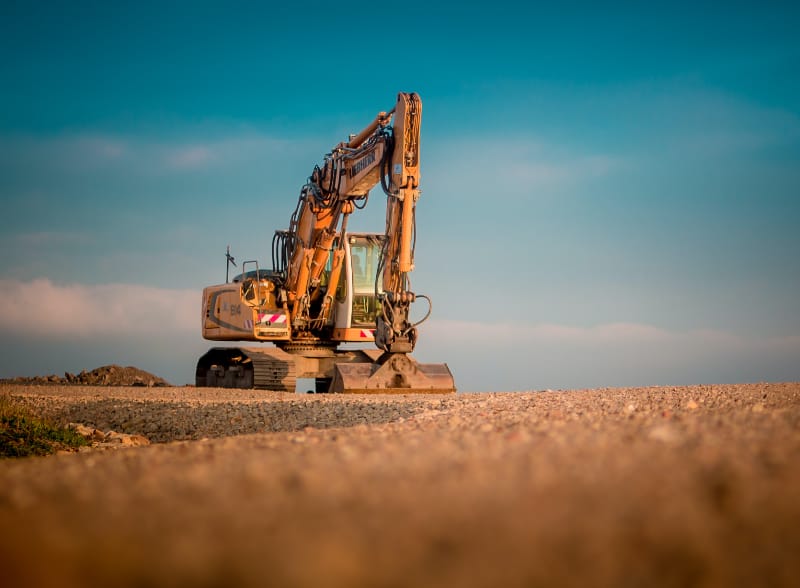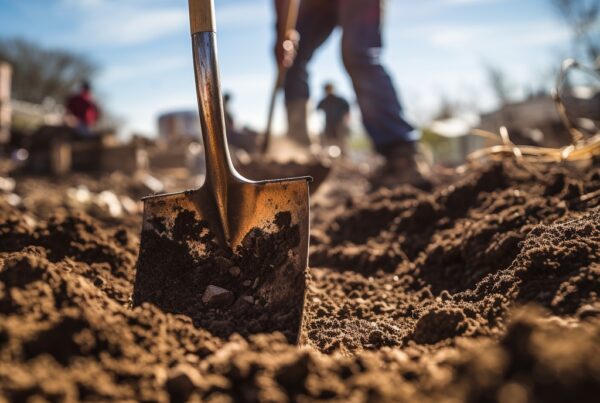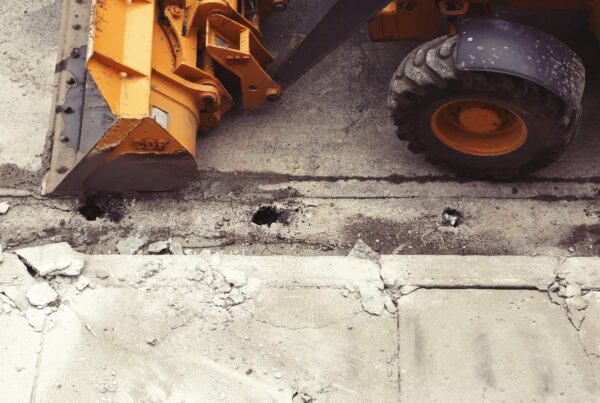Construction projects often rely on the use of different materials to achieve stability, durability, and efficiency. Two essential components frequently employed in construction work are fill dirt and Crushed Aggregate Base (CAB). Fill dirt provides a stable foundation, supports structures, and aids in landscaping, while CAB serves as a strong base material for roads, driveways, and building foundations. This article explores the applications and benefits of both fill dirt and CAB, highlighting their cost-effectiveness, versatility, environmental advantages, and pest control properties. By understanding the unique characteristics of each material, builders and developers can make informed decisions regarding their construction projects.
Fill Dirt in Construction
Fill dirt is used in road construction projects to create a stable sub-base or to fill in areas that require elevation adjustments. It provides support and helps ensure the durability of the road surface. It helps create a smooth and stable foundation for construction projects such as roads, buildings, and landscaping. It can also help distribute the weight of the building or structure evenly, preventing settling or sinking.
Applications & Benefits
One of the primary advantages of using fill dirt in construction work is that it’s relatively cheaper than other soil types. Since builders excavate fill dirt from the ground, they can obtain it for a percentage of the cost of buying topsoil or other soil types from a local landscape supply store or nursery. As such, it’s an ideal choice for people with a tight budget.
Fill dirt is also relatively easy to work with. Since fill dirt is usually loose and straightforward to spread, you can use it in numerous landscaping and construction projects. The process can save more time and effort than other soil types that might be more difficult to shape or spread.
Another added advantage of fill dirt is that it’s highly versatile. You can use fill dirt in landscaping to fill in low spots or raise the elevation of your site. It can help build a base for a retaining wall or develop a level surface for a garden or lawn. You can also apply this soil type in construction projects to backfill trenches or to build a stable foundation for a particular structure.
Apart from its practical applications, this soil type can be an eco-friendly option for landscaping and construction work. Since you need to excavate the soil from the ground, using it may help minimize the need for mining or similar activities that may adversely affect the environment. Using fill dirt may also help to conserve topsoil, an essential resource for healthy plant growth.
Using fill dirt is an effective option if you’re dealing with an infestation problem. Place a layer of this soil above the infested area, and you’ll prevent these pests from burrowing through and wreaking havoc on any sensitive infrastructure.
CAB in Construction
CAB is an acronym that stands for Crushed Aggregate Base. This material is a type of aggregate made from crushed stone or gravel and is used in various construction applications. Like fill dirt, CAB is an essential component in the construction industry, known for its durability, strength, and flexibility.
Applications & Benefits of CAB in Construction
CAB is commonly used as a base material for road construction, driveways, and parking lots due to its excellent load-bearing capabilities. It can withstand heavy traffic and resist weather-related damage, making it an ideal choice for such applications.
Moreover, CAB is often used as a sub-base for concrete slabs in building construction. It provides a solid, level foundation that enhances the stability and longevity of the structures built on top of it. This use can be found in residential, commercial, and industrial buildings alike.
One of the significant benefits of CAB is its cost-effectiveness. It is usually less expensive than pure concrete, making it a more affordable option for large-scale construction projects. Furthermore, due to its durability and longevity, it can reduce maintenance and replacement costs over time.
CAB’s permeability is another advantage that should not be overlooked. Its ability to drain water efficiently helps prevent water accumulation and associated damage, contributing to the overall structural integrity of the construction project.
Just like fill dirt, CAB is an environmentally friendly option. It is often made from recycled materials, thus reducing the need for new material extraction and minimizing waste. This aspect makes CAB an excellent choice for eco-conscious builders and developers.
In terms of pest control, CAB can also be a valuable tool. Due to its compact nature, it can effectively deter burrowing pests, offering an added layer of protection to your construction project.
Comparing Fill Dirt and CAB in Construction
Both fill dirt and CAB are valuable materials in the construction industry, each with its own set of advantages. The choice between the two will depend on the specific requirements of the project. Fill dirt is best for filling low spots, raising elevation, and backfilling trenches.
On the other hand, CAB is ideal for creating sturdy, long-lasting bases for roadways, driveways, and building foundations. Both are cost-effective, easy to work with, environmentally friendly, and beneficial in pest control. As such, understanding the properties and benefits of both fill dirt and CAB can help builders and developers make informed decisions about their construction projects.
Rock Quarry in Southern California
At Lynxcat Mountain Quarry, located in Southern California, we are proud to offer a wide range of construction materials, including Crushed Aggregate Base for sale (CAB) and fill dirt for construction. Our high-quality products are carefully sourced and processed to meet industry standards, ensuring optimal performance and customer satisfaction. Whether you need CAB for road construction or fill dirt for landscaping projects, our quarry is dedicated to providing reliable materials to support your construction needs. Contact us today to learn more about our offerings and how we can assist you with your construction projects.




